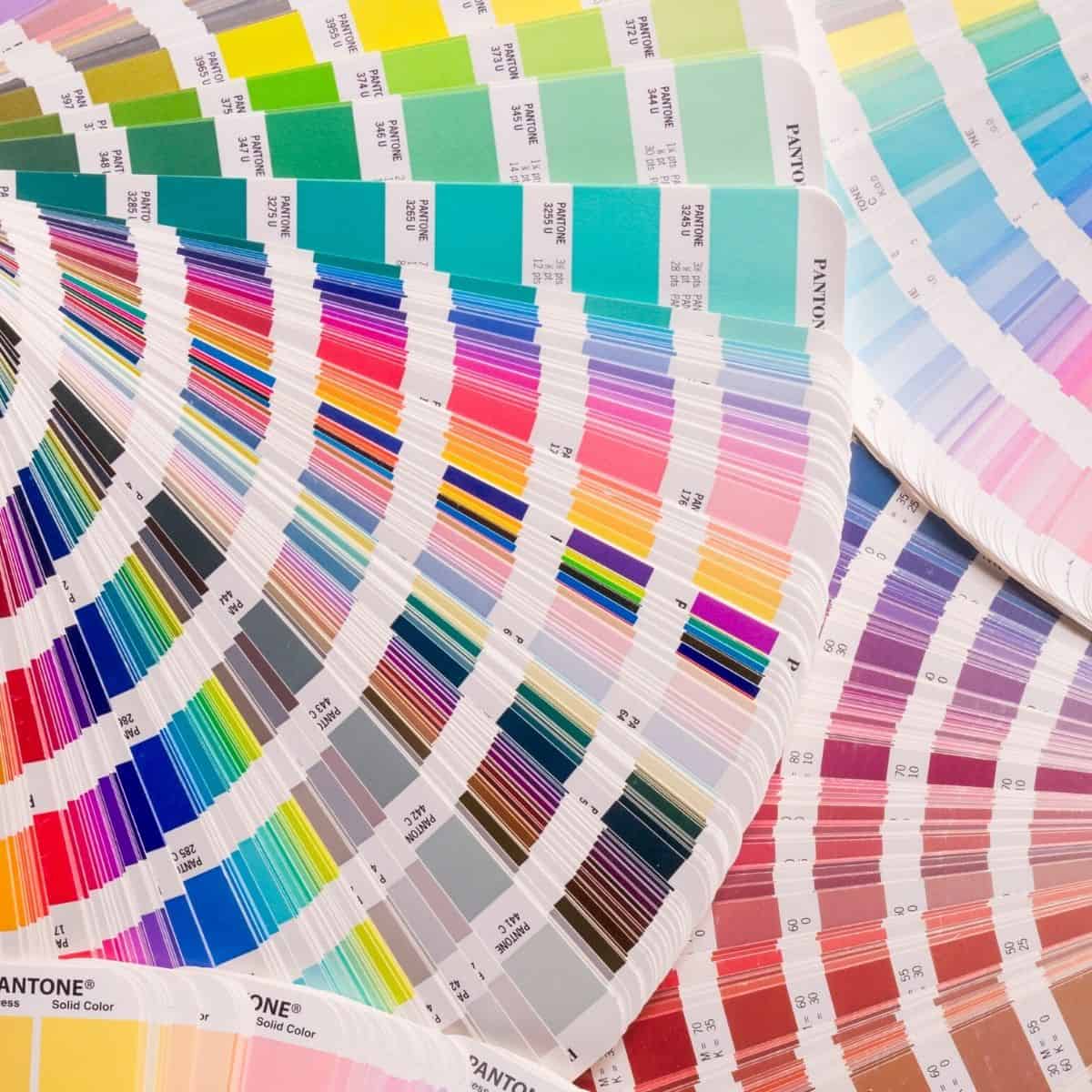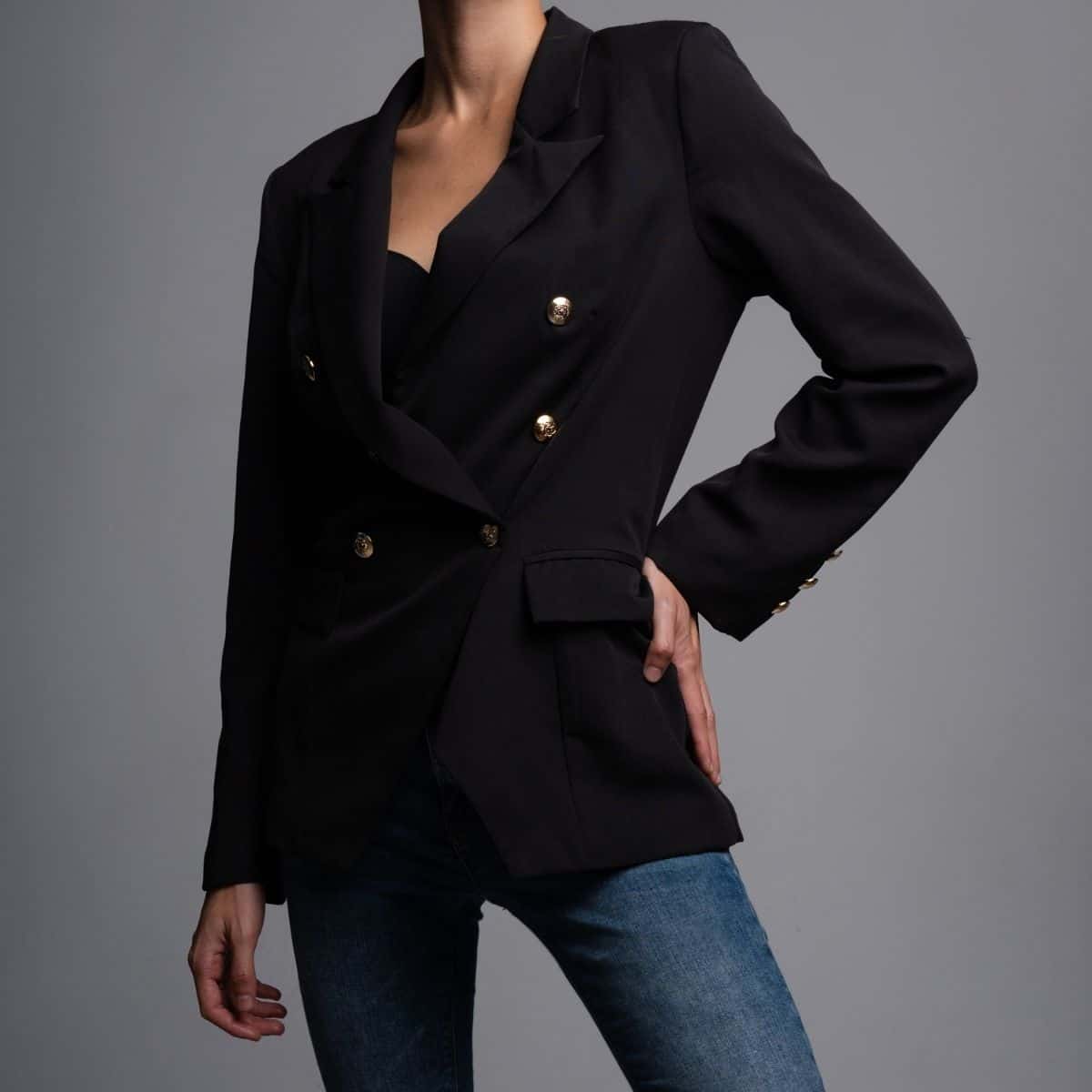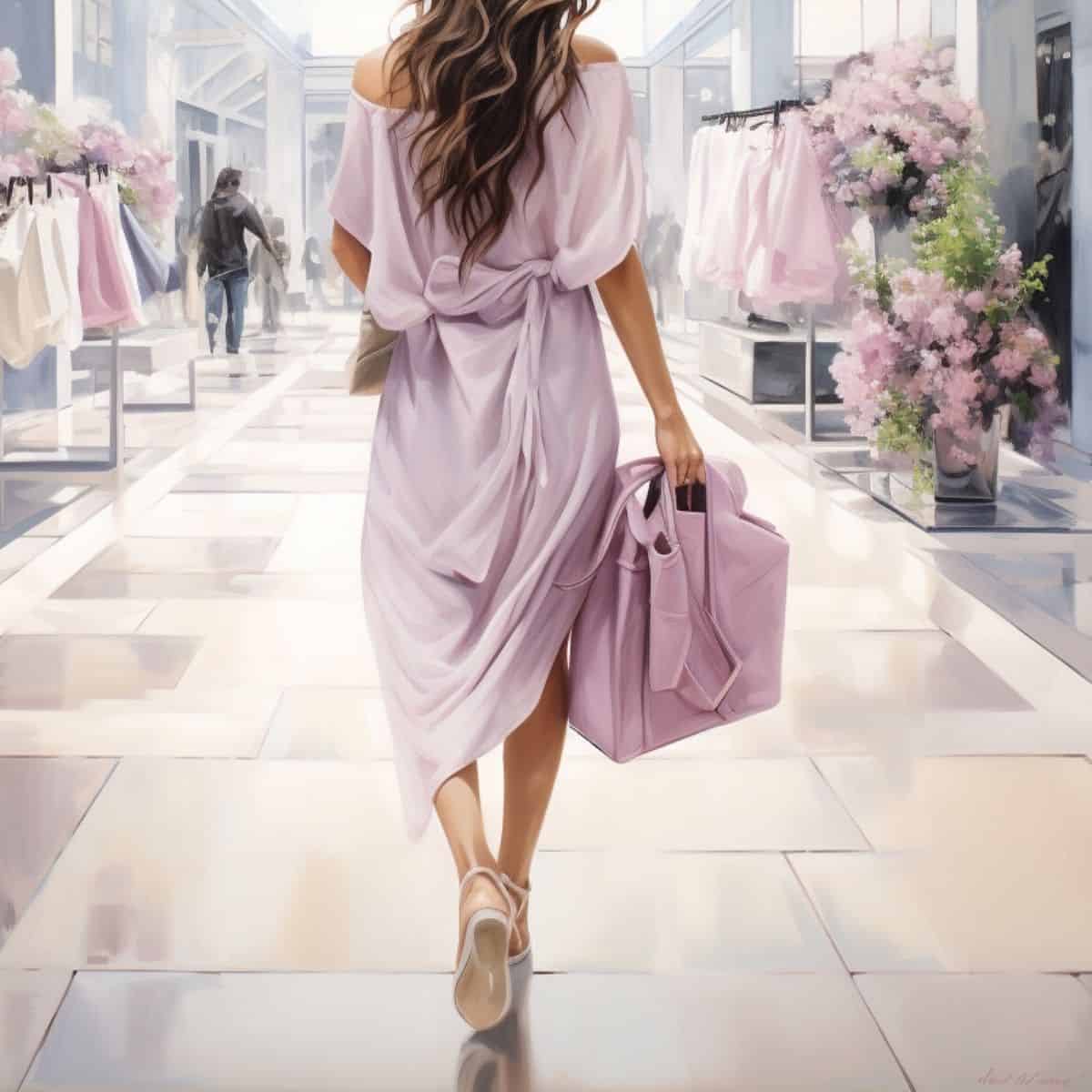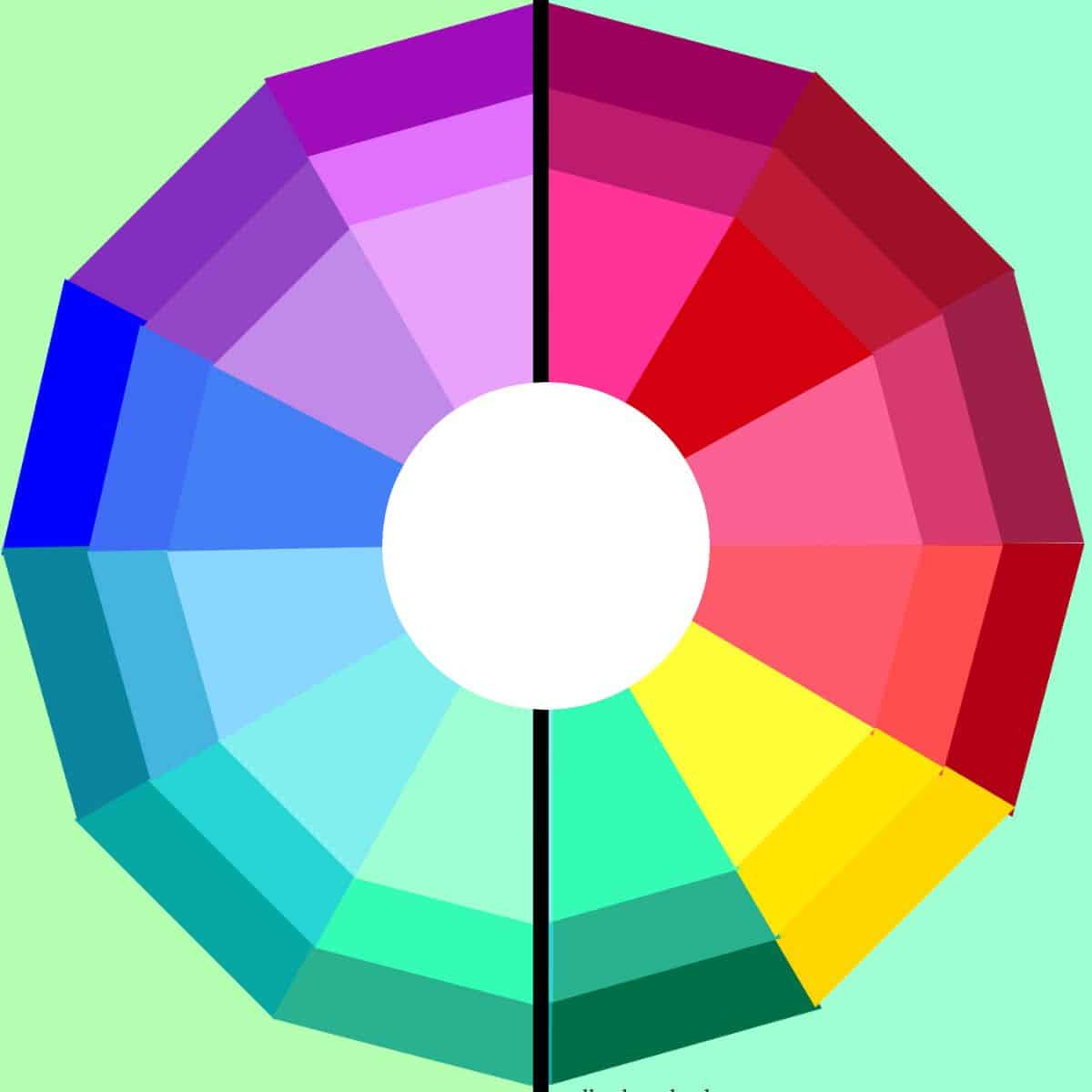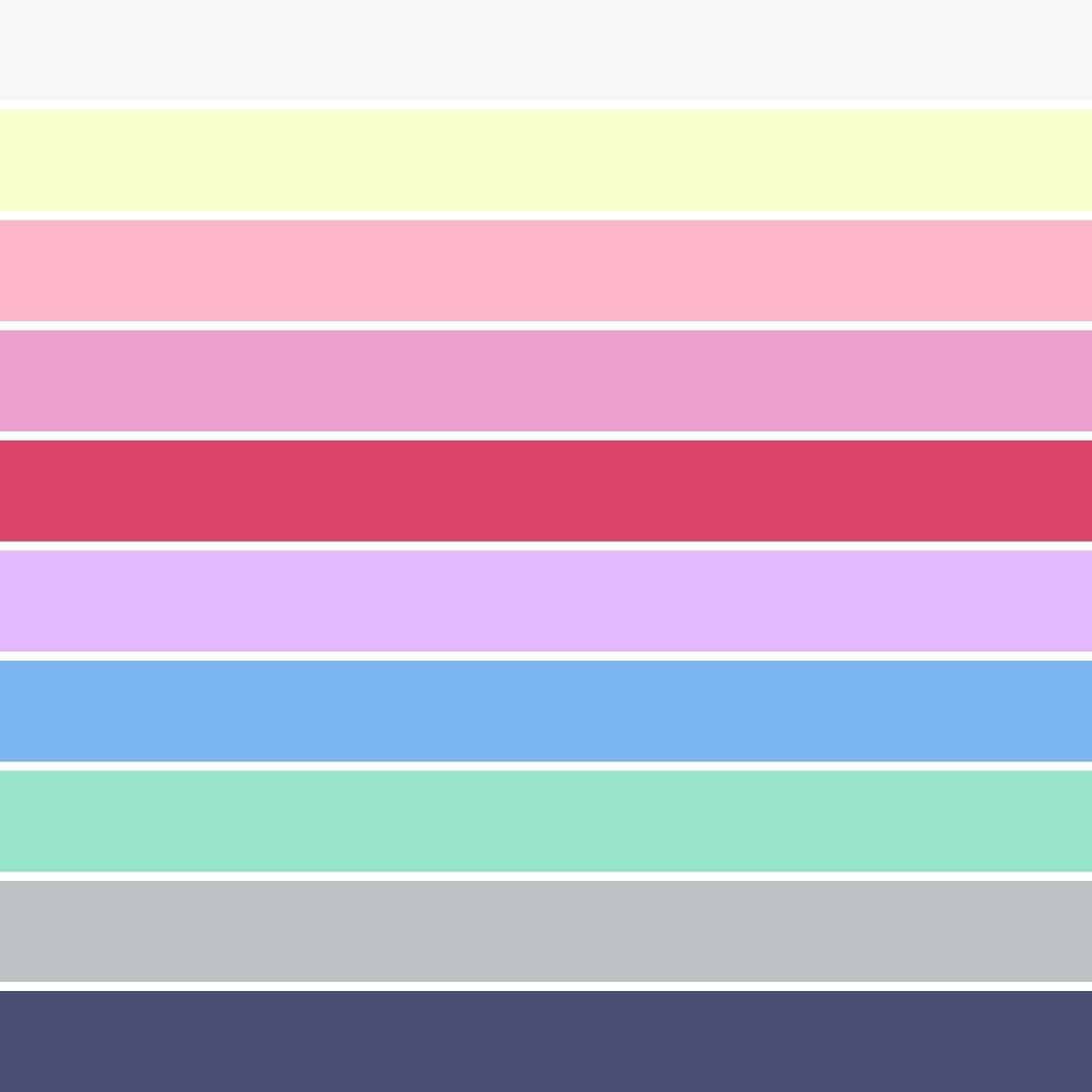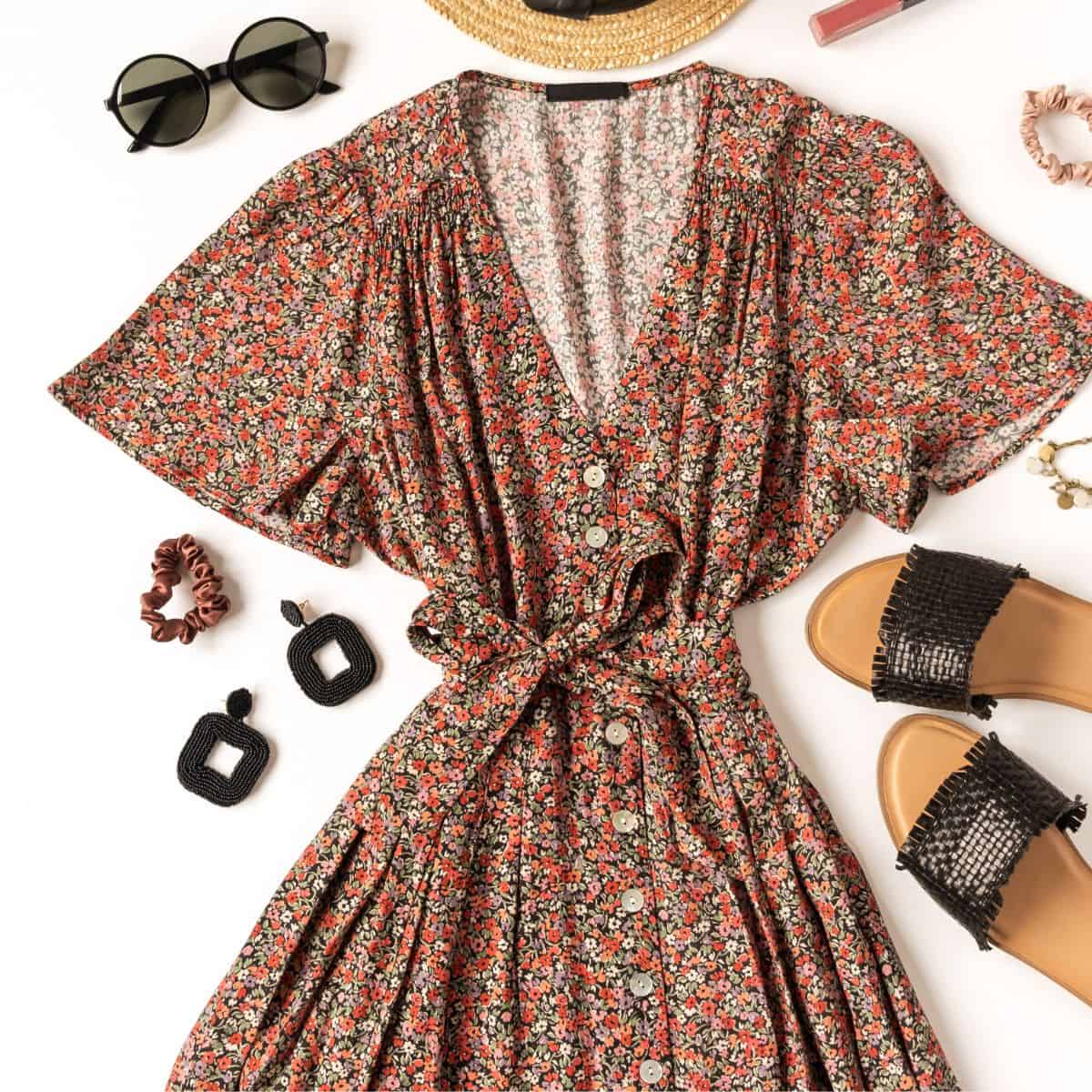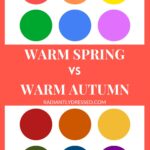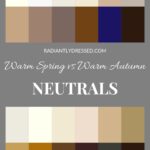Warm Spring vs Warm Autumn: Discover the Difference between the Warm Seasons
Deciding between warm spring or warm autumn? Try these 4 tricks to determine your color season.
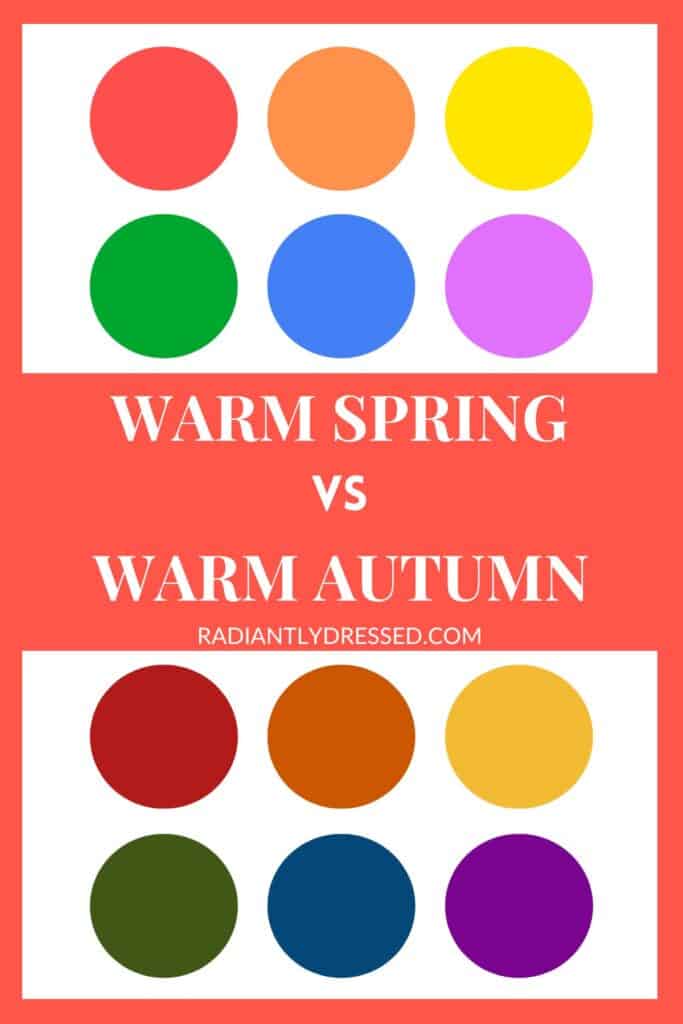
Understanding the nuances between Warm Spring and Warm Autumn can significantly enhance your wardrobe and personal style. Both Warm Spring and Warm Autumn fall under the warm category of the seasonal color analysis, which means if your coloring is warm, these could be your seasons. The key difference lies in their distinctive characteristics which affect how you should choose colors for your clothing, makeup, and accessories.
Warm Spring is characterized by a palette that includes bright and light colors, reflecting the freshness of spring. If you’re a Warm Spring, your skin tone might be a soft porcelain beige or a creamy peach, and your eyes could be a gleaming amber, green, or clear blue. The colors that flatter you most will likely be lively and crisp, reminiscent of blooming flowers and clear, sunny skies.
On the other hand, Warm Autumn is associated with a color range that is deeper, richer, and more muted, mirroring the natural hues of the autumn season. As a Warm Autumn, your complexion may radiate warmth and your hair might have golden, red, or auburn tones. The colors that enhance your natural beauty will typically be earthy and intense, evoking the feeling of fallen leaves and golden sunsets.
Table of Contents
Understanding Color Seasons
Color analysis is a method used to determine the colors that harmonize with your natural complexion, hair, and eye color. The goal is to enhance your appearance by choosing colors that resonate with your features.
Each season corresponds to a palette of colors that naturally resonate with your natural coloring.
- Warm Spring: Your coloring is likely light to medium, with golden or peach undertones. You tend to have a clear, warm eye color such as green, blue-green, or light brown. The colors that suit you are clear and warm like apricot, peach, coral, and some greens.
- Warm Autumn: Unlike warm springs, you might have a richer and more golden complexion. Your hair might have deep tones like chestnut or auburn, and your eyes could be warm brown or green. The colors enhancing your look might include earthy tones like olive, deeper greens, and oranges.
By understanding your color season, you can enhance your wardrobe and makeup choices, ensuring that they flatter your natural coloring. Remember, the best hues for you are those that reflect your inherent tones, creating a harmonious and balanced look.
Characteristics of Warm Spring
Warm Spring is a distinct seasonal color palette with vibrancy and warmth as its cornerstones. Embrace your Warm Spring colors for a radiant appearance that complements your natural features.
Color Palette of Warm Spring
Your Warm Spring palette is reminiscent of, quite literally, a vibrant spring day. Explore the colors that will accentuate your natural glow and add a sparkling brilliance to your complexion.
Colorful Tones:
- Yellow: Look for sunshine yellow that radiates warmth.
- Green: Lean towards clear warm greens rather than olive tones.
- Blue: Opt for Turquoise over navy or cool blues.
Neutral Shades:
- Brown
- Camel
- Ivory
Engage in colors that mirror the freshness of spring, with a dominance of golden undertones throughout.
Characteristics of Warm Autumn
Warm Autumn, contrasting slightly with Warm Spring, is characterized by its earthy, rich, and muted warm tones that echo the depth and richness of autumn leaves.
Color Palette of Warm Autumn
Your Warm Autumn color palette is inspired by the richness and depth of the fall season. Dominated by warm undertones, the palette comprises earthy shades simulating the changing foliage. In particular, you’ll see a range of colors from deep yellows to robust oranges, and warm browns.
Best Colors
- Dark Tomato Red: deep red
- Forest Green: rich, deep green
- Mustard Yellow: muted, deep yellow
Neutral Shades:
- Chocolate Brown
- Taupe
- Ivory
Incorporate your color palette into your wardrobe with confidence, allowing your personal style to shine through.
How to Distinguish Warm Spring vs Warm Autumn
Value Variations between Spring and Autumn
The concept of value in color analysis refers to the lightness or darkness of colors within an individual’s seasonal palette. In the 12-season color analysis system, Warm Spring and Warm Autumn are adjacent to value extremes, which highlights a defining difference between these two warm seasons based on the depth of their respective colors.
Warm Spring is characterized by its light, uplifting hues that evoke the freshness of spring. The colors in this palette, including soft greens, gentle blues, and creamy yellows, are reminiscent of sherbet—bright and fun, yet not as intense as those found in the Clear Spring palette. This proximity to Light Spring means that Warm Spring hues have a luminous quality, providing a youthful and vibrant look that enhances the natural glow of individuals who resonate with this season.
Conversely, Warm Autumn features colors that are naturally darker and richer, drawing comparisons to the deep tones of autumn leaves, pumpkins, and rich earth. These colors are more saturated and have greater depth, sitting next to Deep Autumn on the color spectrum. Warm Autumn’s palette includes shades like burnt orange, deep gold, and olive green, which embody the season’s connection to mature, earthy elements. This palette suits individuals who can carry deeper and more intense colors without being overshadowed, complementing their typically richer skin tones and hair colors.
Contrast and Intensity
In the 12-season color analysis system, contrast and intensity play crucial roles in distinguishing between seasons, particularly when examining Warm Spring and Warm Autumn. These two seasons sit adjacent to the extremes in chroma (soft vs bright), affecting how colors are perceived and used in personal styling.
Warm Spring is positioned next to Bright Spring, infusing it with a level of brightness and clarity that is vivid yet not overpowering. The colors in the Warm Spring palette have the intensity of primary colors—pure, bright, and clear. This vibrancy makes the Warm Spring colors pop with a lively energy that can enhance the natural vibrancy of individuals under this seasonal influence.
Conversely, Warm Autumn lies next to Soft Autumn, which influences its palette to adopt a more muted and subdued aesthetic. The colors here are as if they have been softened with grey or brown, creating a rich, earthy quality that is deeply harmonious with the season’s feel. This softening effect reduces the chromatic intensity, resulting in hues that are less about vibrancy and more about depth and subtlety.
Understanding the differences in contrast and intensity between Warm Spring and Warm Autumn allows individuals to choose colors that not only flatter but also align closely with their personal aesthetic, ensuring a wardrobe that is both cohesive and uniquely tailored to their seasonal characteristics.
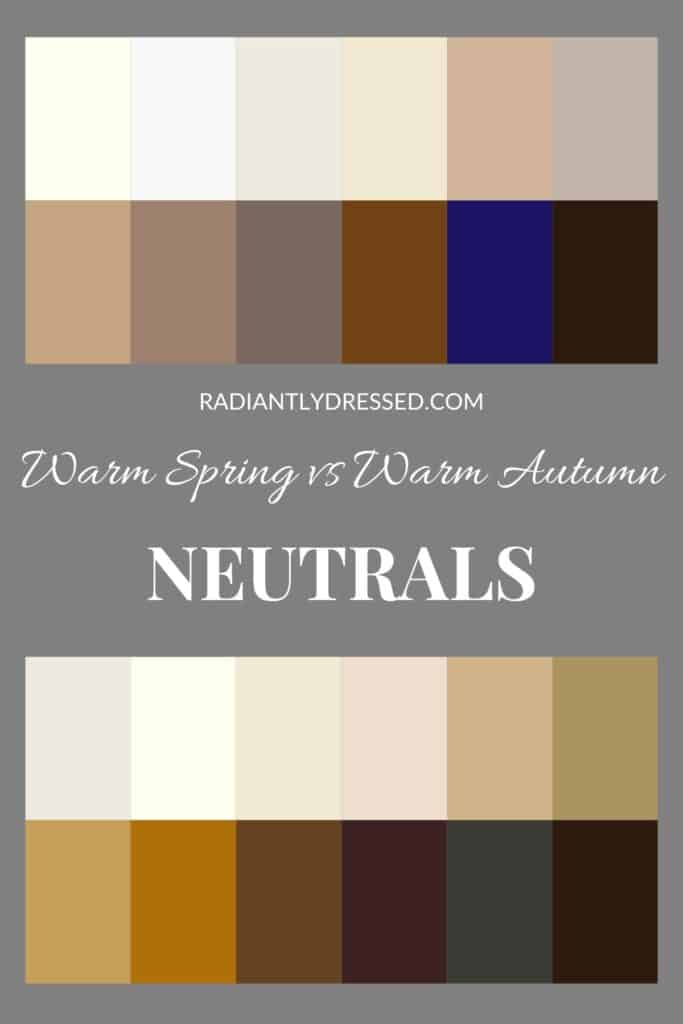
Spring and Autumn Neutrals
Neutrals play a foundational role in any wardrobe, acting as the versatile backdrop against which more vivid colors can shine. In the color palettes of Warm Spring and Warm Autumn, the approach to neutrals, while both rooted in warmth, differs significantly in terms of brightness and depth.
For Warm Spring, neutrals are typically warm and slightly brighter, making them ideal for maintaining the overall light and vibrant aesthetic of the season. The browns used in Warm Spring’s palette are lighter and brighter, such as camel or sandy brown, which reflect the youthful and fresh feel of spring.
Additionally, Warm Spring can effectively incorporate blue-based neutrals like navy, which, while cooler, still harmonize beautifully due to their depth and clarity. This allows for a broader range of combinations, providing versatility without sacrificing the inherent brightness that characterizes the season.
On the other hand, Warm Autumn’s neutrals are richer and more muted, aligning with the season’s overall soft and earthy nature. The browns here are deeper and include shades like chestnut or dark chocolate, which convey a sense of warmth and depth appropriate for the muted aesthetic of autumn.
Furthermore, Warm Autumn can beautifully integrate warm grays into its palette. These grays often have undertones of taupe or beige, softening the overall look and providing a sophisticated, understated base that complements the richer colors typical of this season.
While there is some crossover in the types of neutrals both seasons can wear—owing to their shared warmth—the key lies in selecting shades that respect the light and bright nature of Warm Spring or the rich and soft character of Warm Autumn.
Color Test: Lime vs Olive
Determining whether you are a Warm Spring or a Warm Autumn can be simplified by using a color test that involves draping fabrics in specific shades around your face. For this purpose, lime green and olive green are ideal choices. Lime green is vibrant and bright, aligning with the lively palette of Warm Spring, while olive green, which is deeper and more subdued, suits the earthier tones of Warm Autumn.
When testing these colors, take note of how they affect your appearance. For Warm Spring individuals, olive green may not be flattering—it can cast a yellowish tone on the skin, make it look splotchy, or accentuate wrinkles due to its muted and deep qualities. On the other hand, lime green may overwhelm someone with a Warm Autumn complexion. Its brightness can make the skin look sallow or pasty and highlight uneven skin textures.
This method of draping different colors and observing their impact under natural light helps clarify which seasonal palette enhances your natural beauty. Capturing these effects with a photograph using the back camera of your phone (to avoid distortion) provides a useful reference. By assessing how lime and olive greens influence your skin tone, you can make more informed decisions about which seasonal colors are most flattering for you.
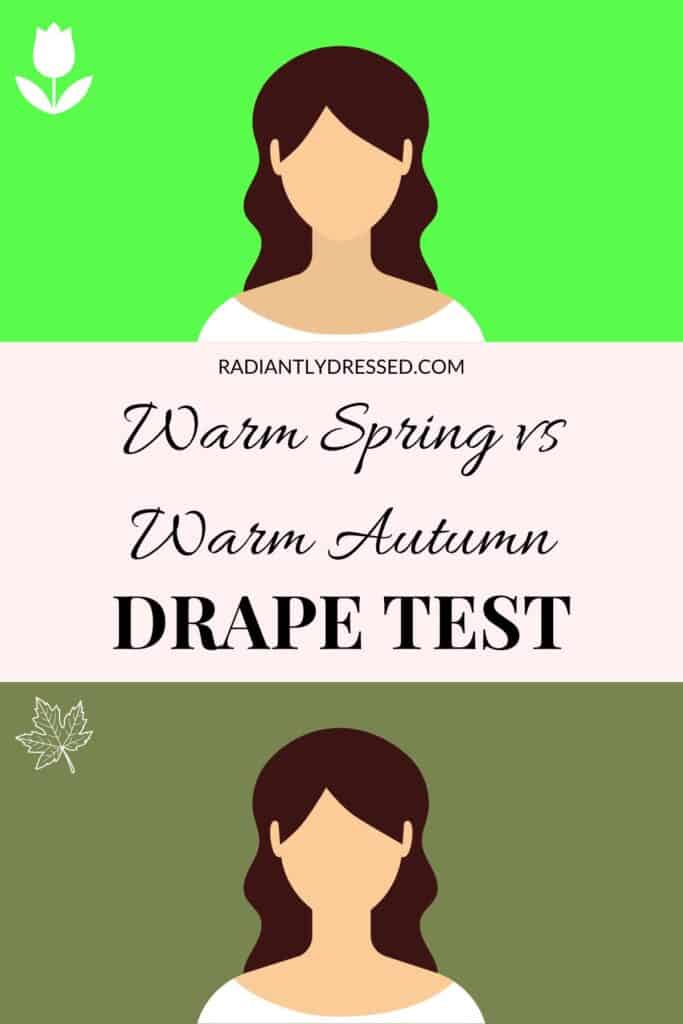
Determining Your Color Season
Finding your color season is all about matching your wardrobe and makeup to the natural colors of your hair, eyes, and skin. Knowing whether you’re a Warm Spring or Warm Autumn can make a big difference, as each season has its own set of colors that work best with your natural looks.
DIY Color Analysis
To explore color season from the comfort of their home, my DIY Color Analysis Course is the perfect starting point. This course empowers you with the knowledge to:
- Utilize color theory to determine your color season.
- Use extra clues like personality and eye patterns to support your findings.
- Perform a step by step digital draping process to find your season.
- Create a wardrobe palette based on your best colors.
Tired of going round in circles trying to figure out your color season? Hack the same process used by professional color analysts to figure out your season from the comfort of your home, and stop feeling confused about color analysis with Personal Prism.
Transitioning to Professional Color Analysis
While the DIY course provides a solid foundation, transitioning to a professional color analysis can further refine your understanding of your color season.
A professional analysis offers:
- Expert Guidance: Benefit from an experienced eye that can discern subtleties in your coloring, leading to a more nuanced understanding of your season.
- Customized Palette Recommendations: Receive a personalized palette that includes detailed recommendations for clothing and makeup, ensuring every choice you make is in harmony with your natural beauty.
While there is a cost associated with professional color analysis, the investment is in yourself—yielding an individualized assessment that enhances your style, confidence, and the way you present yourself to the world.
Whether you start with a DIY analysis or seek a professional consultation, determining your color season—be it Warm Spring or Warm Autumn—is crucial for embracing your authentic self. Recognizing your ideal color palette allows you to enhance your natural beauty with every outfit and makeup selection you make.
FAQ about the Bright Seasons
What are the main differences between Warm Spring and Warm Autumn color palettes?
The main differences lie in their color values and intensities. Warm Spring features lighter and brighter colors that are clear and vibrant, resembling the fresh, rejuvenating qualities of spring. In contrast, Warm Autumn colors are deeper, richer, and more muted, reflecting the subdued and earthy tones of the autumn season.
How can I tell if I am a Warm Spring or a Warm Autumn?
Identifying whether you are a Warm Spring or Warm Autumn involves analyzing your skin tone, hair color, and eye color. Observing how your skin reacts to different warm colors is most important; Warm Spring individuals usually look better in lighter and brighter warm tones, whereas Warm Autumns thrive in richer, more muted warm colors.
Can Warm Spring and Warm Autumn individuals share any colors?
While there is some overlap in warmth, the specific shades differ significantly between these seasons. Using orange as an example, warm spring would do well in melon or peach, while warm autumn needs richer versions like pumpkin or rust. In general, shared colors are rare due to the different values and saturations needed to complement each season’s unique characteristics.
Why is it important to wear colors that align with your seasonal palette?
Wearing colors that align with your seasonal palette enhances your natural beauty by complementing your skin tone, hair color, and eye color. It can make you look more vibrant, healthy, and energized. Correct colors can minimize imperfections, such as reducing the appearance of blemishes, wrinkles, and uneven skin tone. Conversely, wearing non-harmonious colors can make you look tired, dull, or washed out.
Why do some colors look good on me but don’t seem to fit my season?
Color compatibility can extend beyond the prescribed palettes of your season, reflecting the unique variances in individual complexions. It’s crucial to prioritize confidence and personal affinity for colors, sometimes even stepping outside your season’s guidelines to embrace what truly resonates with you.
Is it necessary to stick strictly to my color season’s palette?
While your color season offers a guide to optimize your natural beauty, personal style and expression hold value. Experimenting with and incorporating colors outside your designated palette is a personal choice that can add depth and personality to your wardrobe.
Can my color season change over time?
While your skin’s undertone and the foundation of your color season remain constant, factors such as changes in hair color, lifestyle shifts, or evolving personal preferences can influence how you engage with your color season, possibly leading you to adapt your palette accordingly.
Final Thoughts on Warm Spring vs Warm Autumn
Understanding the differences between Warm Spring and Warm Autumn color palettes is key to enhancing your natural beauty through color analysis. Although both seasons embrace warmth, the specific hues suitable for each—ranging from bright and light for Warm Spring to deep and muted for Warm Autumn—can significantly influence how colors complement an individual’s features.
Choosing the right colors can elevate personal style, ensuring that each outfit resonates with one’s natural coloring and personal expression. This knowledge not only simplifies wardrobe choices but also enhances confidence and presence, allowing for a more authentic and powerful personal expression.
Related Color Analysis Articles:
- 4 Steps to Stop Feeling Frumpy
- Mindset Shifts to Help You Appreciate Your Body
- How to Discover Your Signature Color
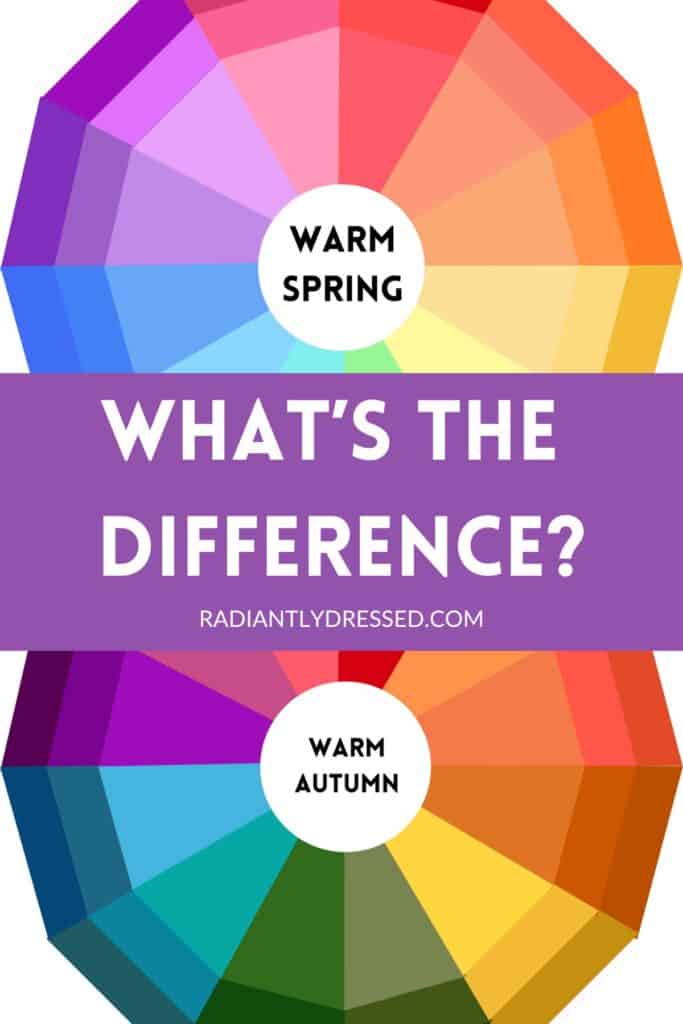
Warm Spring and Warm autumn are warm undertone seasons distinguished by their variations in chroma (soft/bright) and value (light or dark).
Stacey is the owner and creator behind Radiantly Dressed. She is a certified image consultant and AICI member focusing on creating simplicity in wardrobes via color and style.

